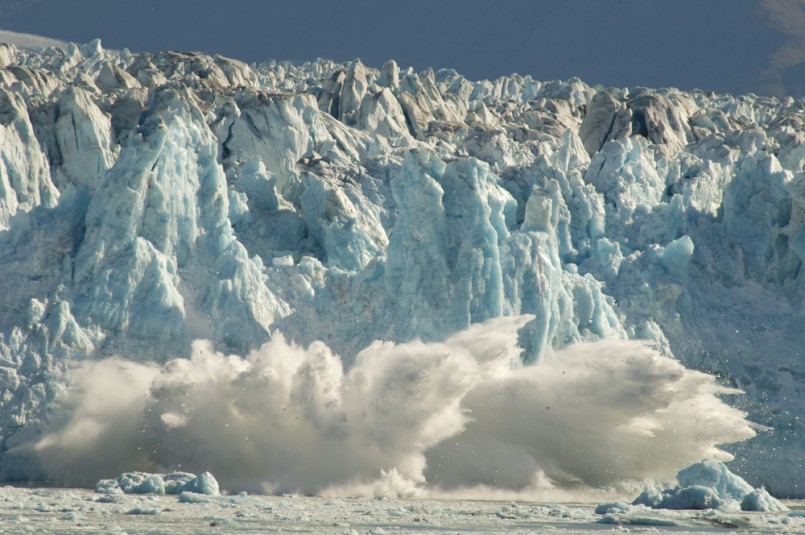Environment
2015: This Year In Global Warming

Image: Shutterstock/David Greitzer
2015: This Year In Global Warming
Before we reflect on the alarming data that makes up this year in global warming, let us begin by saying that the recent climate talks in Paris were a huge step in a positive direction. At the conference, 150 nations and 40,000 delegates from 195 countries came together to create binding agreements that will lower greenhouse gas emissions and slow down the rate of our increasing global temperature. So keep this in mind as you read over the year in global warming, and how drastically our planet has altered.
The year 2015 itself is on track to be the hottest year on record. Climate scientists state that it would take a miracle to keep this from actually coming true. July 2015 was the hottest month on record. Global temperatures surpassed the previous record from 2010 by 0.09C.
An enormous increase in the ocean’s temperatures is the biggest red flag pointing toward this record. This would mean that, since recording global temperatures in 1880, the three hottest years have been in the past five years—2015, 2014, and 2010. This also means that nine out of ten of the hottest years have occurred in the 21st century.
The El Niño Effect
The El Niño effect is an oceanic phenomenon where vast swathes of the Pacific Ocean become warmer. The strongest El Niño occurred in 1998, and it sent global temperatures sky-rocketing. This is why 1998 is one of the top ten hottest years on record. El Niños are natural occurrences that only exaggerate the human causes global warming. Now, not only is the Pacific warming up, but other oceans are warming too. The global average sea-surface temperature from the period between January to July of this year was the highest compared to any similar period since records began 136 years ago. This is according to the US National Oceanic and Atmospheric Administration.
Arctic Sea Ice
Arctic sea ice is measured each year on February 25, 2015 for the maximum sea ice extent. This marks the beginning of the melting period each year. This year, yet again, it was recorded to be lower than ever before. The arctic sea ice was recorded at 5.61 million square miles. This year’s number is 425,000 square miles less than the average number recorded, which is 6.04 million square miles. This year is also 50,200 square miles lower than the previous lowest maximum sea ice extent recorded in 2011.
There is much more information that climate scientists need to gather before releasing all of the data on 2015’s year in global warming, but we can be certain that things are only getting worse. This is why the climate talks in Paris were so essential and appreciated.






0 comments